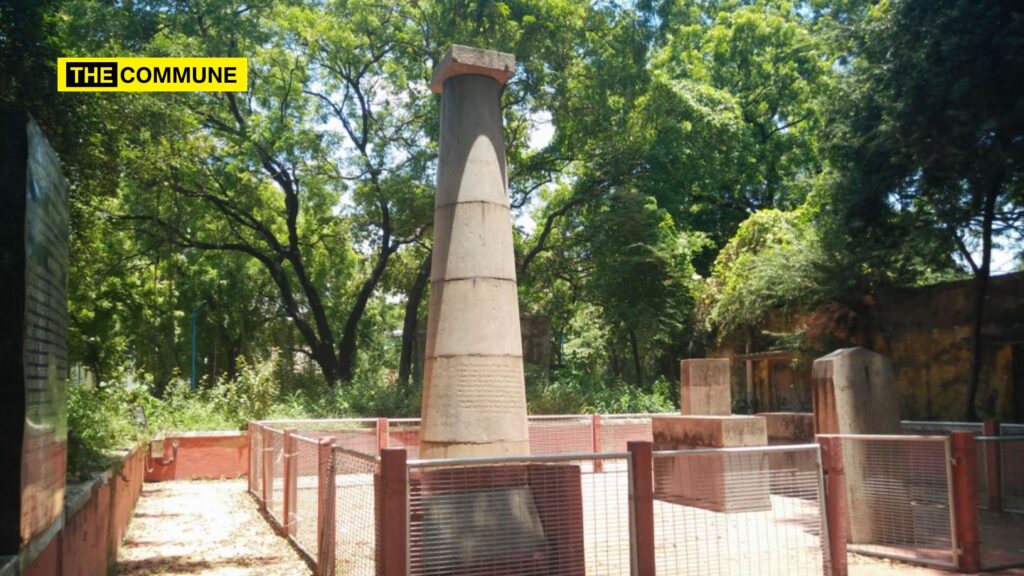Madras was the city where India’s first modern astronomical observatory was located. William Petrie, an officer of East India company set up an observatory with his own instruments at his residence in Egmore in 1786. He employed a Dane, John Goldingham to help him.
Michael Topping, another senior company employee, took up navigation survey along the Coromandel coast for studying weather conditions so that ships can sail smoothly to and fro to Calcutta. He did it in 1788.
He was impressed with Petrie’s work and both pleaded with the company to take over the observatory and run it. The company accepted and the observatory was set up in Nungambakkam in 1791. The Observatory was given telescopes, clocks and quadrants to pursue research.
For over 100 years, Madras Observatory was the only such institution in the entire country to research on stars. Goldingham was the Chief Astronomer for 38 years.
Thomas Glanville, an astronomer who worked here from 1830-48 prepared a detailed catalogue on 11015 fixed stars. It is heralded as one of the greatest catalogue of modern times.
There are more such intellectual works from different astronomers across the world.
Normal R Pogson, an astronomer here discovered an asteroid on 17th August 1861. Being the first asteroid to be discovered by someone working from eastern part of globe it was named Asia. So many more such asteroids were discovered here. Sappho, Sylvia, Camilla, Reticuli, Capriconi, to name a few.
First modern astronomical siscovery by an Indian happened here. CR Raghunathachary, a son of class 4 employee, whose passion for astronomy helped him move up the ranks and he discovered the light variation of an asteroid R Reticuli. Pogson recommended him as a Fellow of Royal Astronomical Society. Raghunathachary wrote a masterpiece Jyothisha Chintamani on Astronomy. His other work was the Thriganitha Panchanka or the Nautical Almanac is known to many.
So many eclipses were observed here in this Observatory. This observatory laid the foundation for Astronomical observations and study in India.
In late 19th century, it moved to Kodaikanal. You might have seen the Solar Observatory there. This became that! Guess what observatory is present at this Nungambakkam premises now?
IMD, Chennai from where our popular Ramanan used to forecast rains and we as kids were waiting for him to speak for a rain holiday!
And the pillar at the Observatory is nothing but the point where Madras Standard Time is calculated.
The Madras Meridian is this pillar.
(With inputs from Madras, Tracing The Growth Of The City Since 1639 by KRA Narasiah)
Click here to subscribe to The Commune on Telegram and get the best stories of the day delivered to you personally.

